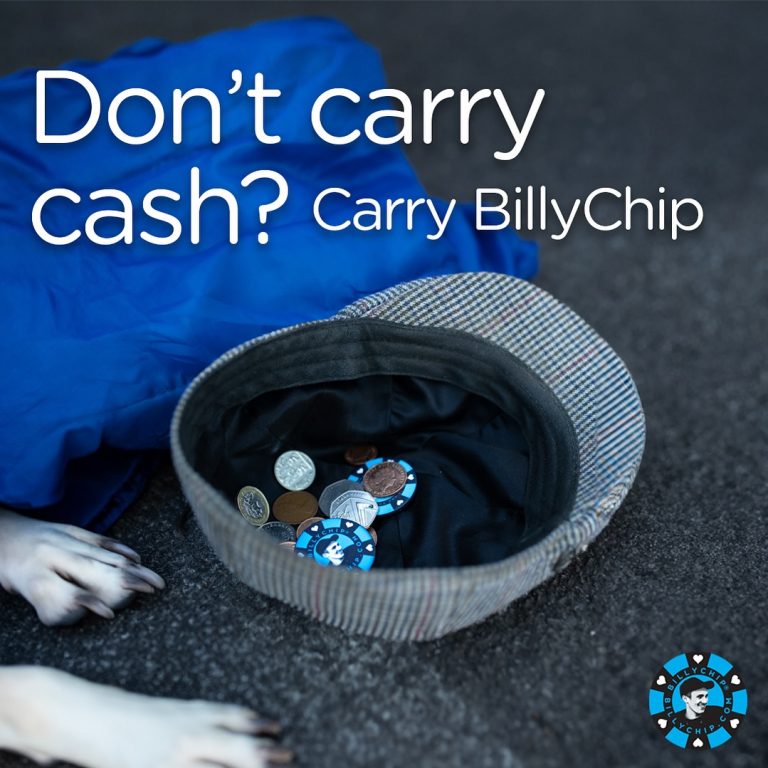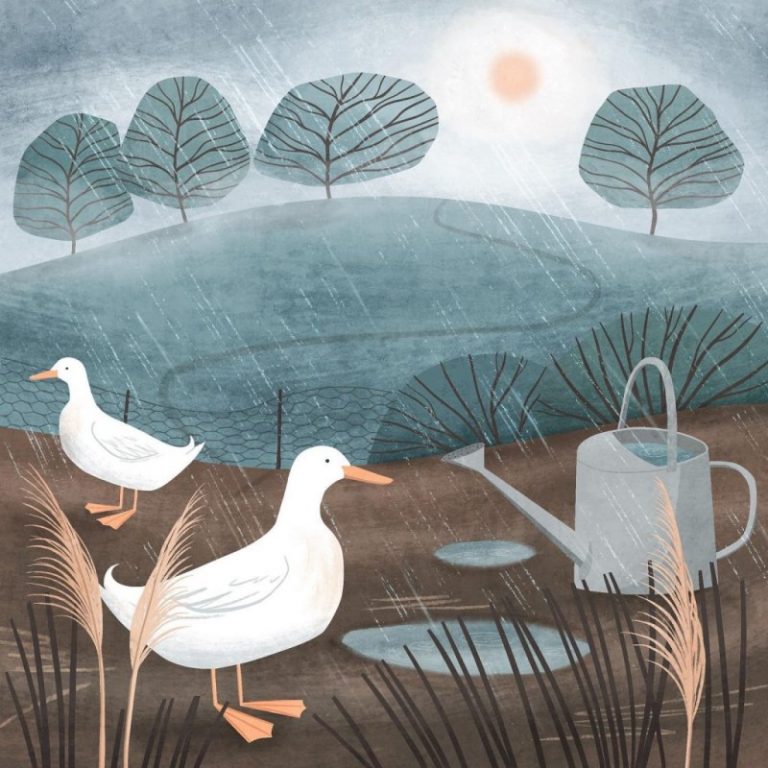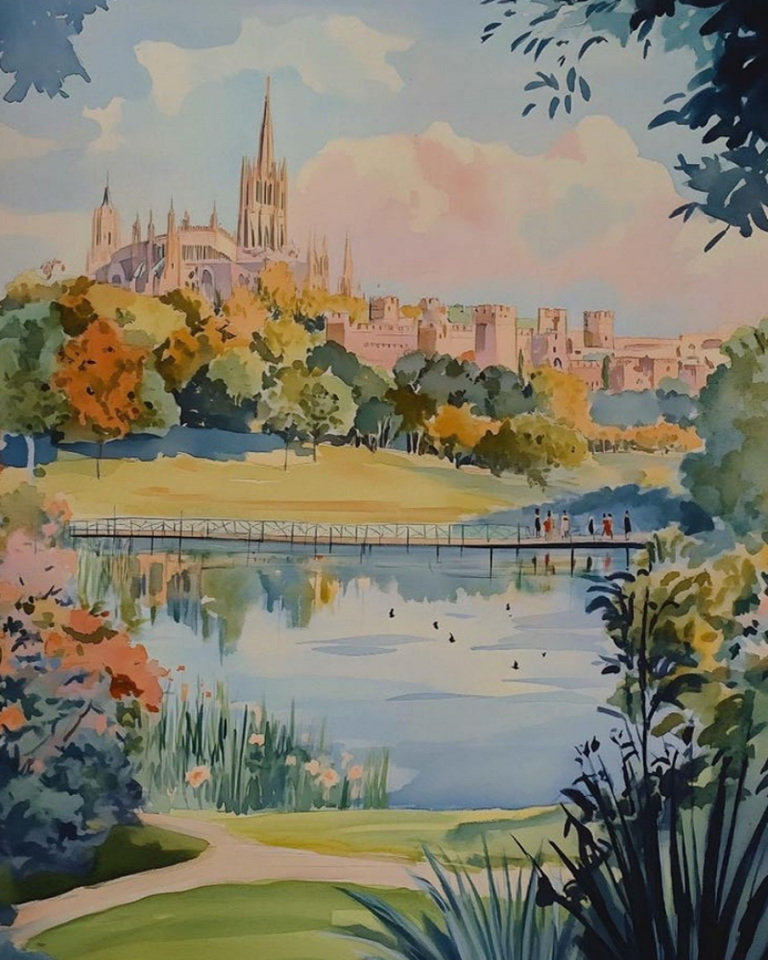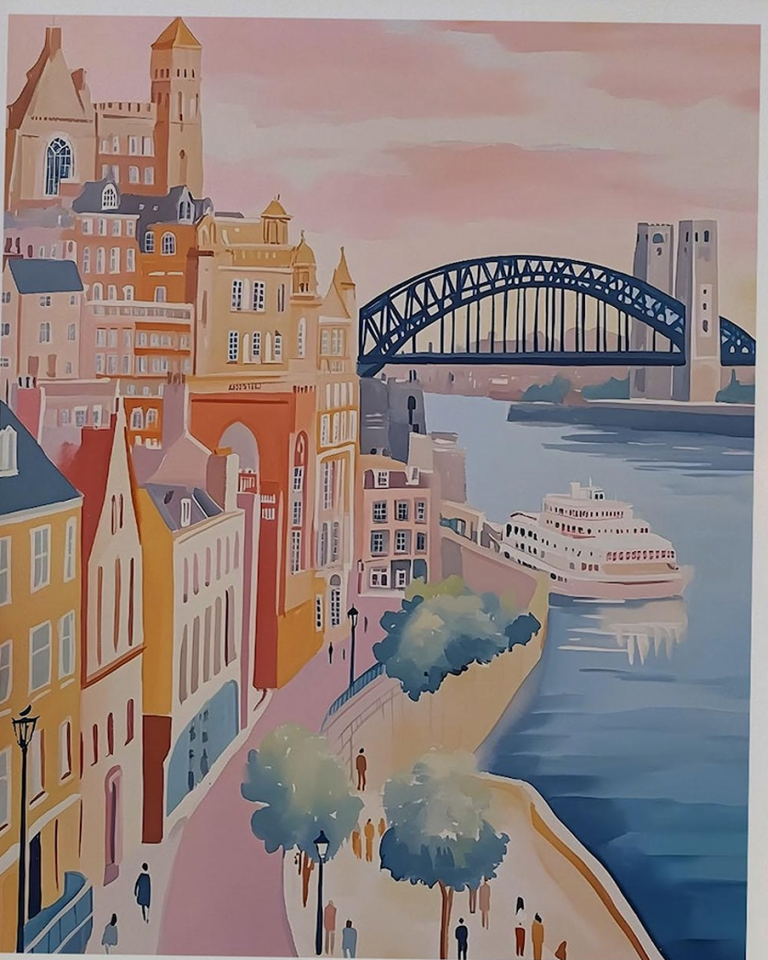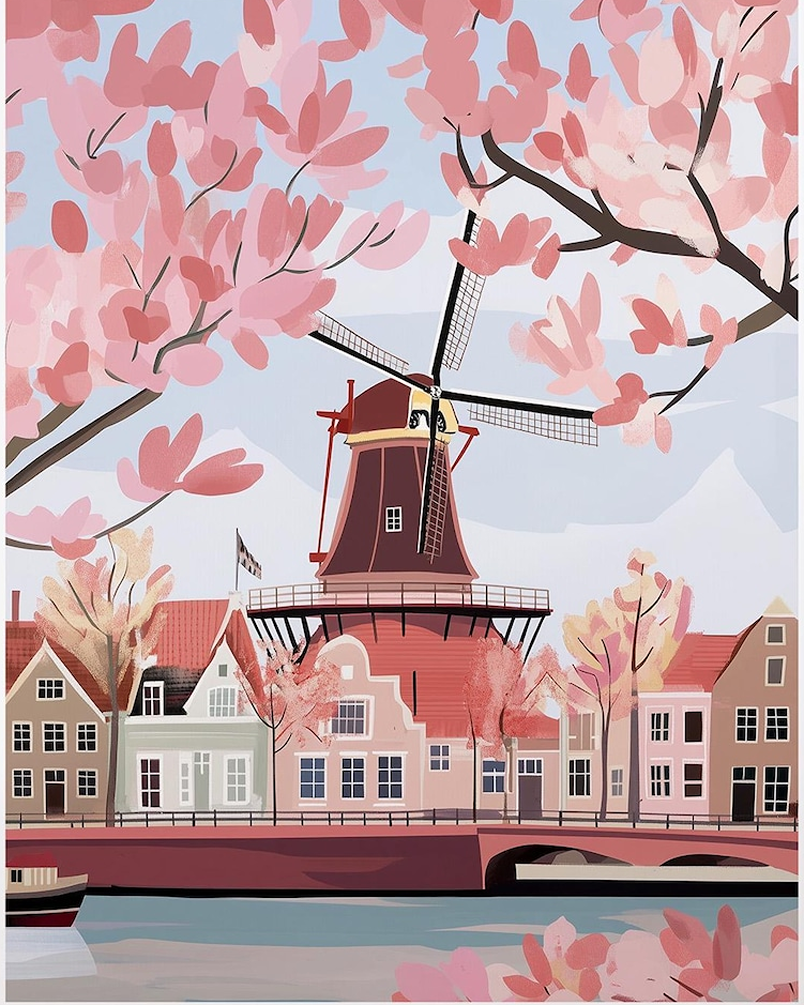
We all know that Dutch people cycle everywhere, but their public transit is so much more than that. If you’ve ever visited the main train station at Amsterdam, you’ll know that it’s so well-connected that you can go nearly anywhere in northern or southern Europe within 4 hours or so, and the city itself is so walkable that people don’t really use cars.
Yet not so long ago, Amsterdam was gridlocked with road traffic. Good town planning means that now people walk everywhere or use bikes, and you can even cycle from town to town, without any hassle. In fact, there are so many bicycles, that the main issue here is bicycle theft!
Did you know tulips (like all bulbs) are unsafe near pets?
Why Cycling Rules the Roads
It helps that (like the other cycling-friendly nation of Denmark) The Netherlands is flat. But cycling is a daily way of life here. You will find cargo bikes too, with mothers cycling their children to school, or carrying groceries to and from stores. Everywhere has cycle lanes, and offices have cycle stations with showers, for commuters.
Around one third of trips in Amsterdam are by bike, which leads to less congestion and cleaner air, and healthier residents. Everything is integrated with public transport (so buses and trams take bikes) and there are cycle hire places everywhere, whether you want to cycle to a few streets away, or a longer journey.
To make a comparison with England. London has many cycle hire points, but you would find it extremely difficult to cycle to somewhere outside London (say Whitstable in Kent or the Surrey Hills). Once you leave London, town planning usually involves getting in a car to go on the M25.
But if our towns were designed like The Netherlands, you could likely find a safe cycling route to take you to the Kent coast, without any danger from road traffic. Obviously this would take more than one day (so you would stop off on the way at bed-and-breakfasts). But it could be done. You could literally safely cycle to Southend-on-Sea for your summer holiday!
Shifting Mindsets: From Cars to Bikes
The problem is that most town planners these days think of design from a car-centric point of view. Danish architect Jan Gehl (who transformed the gridlocked city of Copenhagen into the world’s most walkable place) says that town planners need to think of towns from ‘people level’.
As an example, say you live in a large town. A town planner will give permission to build out-of-town supermarkets or Amazon warehouses, to ‘create more jobs’. But if you don’t have a car, you can’t reach them. And if you do have a car, you are spending your life in traffic jams to get to and fro.
A city ‘designed for people’ means that you can walk or cycle everywhere. This then encourages local communities, independent shops and businesses, and less traffic and congestion. This in turn creates better physical and mental health, which in turn saves the NHS money, as people are fitter, happier and there are less costs for building and maintaining roads, dealing with traffic accidents etc. It’s all common sense.
Keeping the present system of out-of-town living (while adding a few bikes to hire in the city centre) is like putting a sticking plaster over a volcano. In the grand scheme of things, it doesn’t really do much difference.
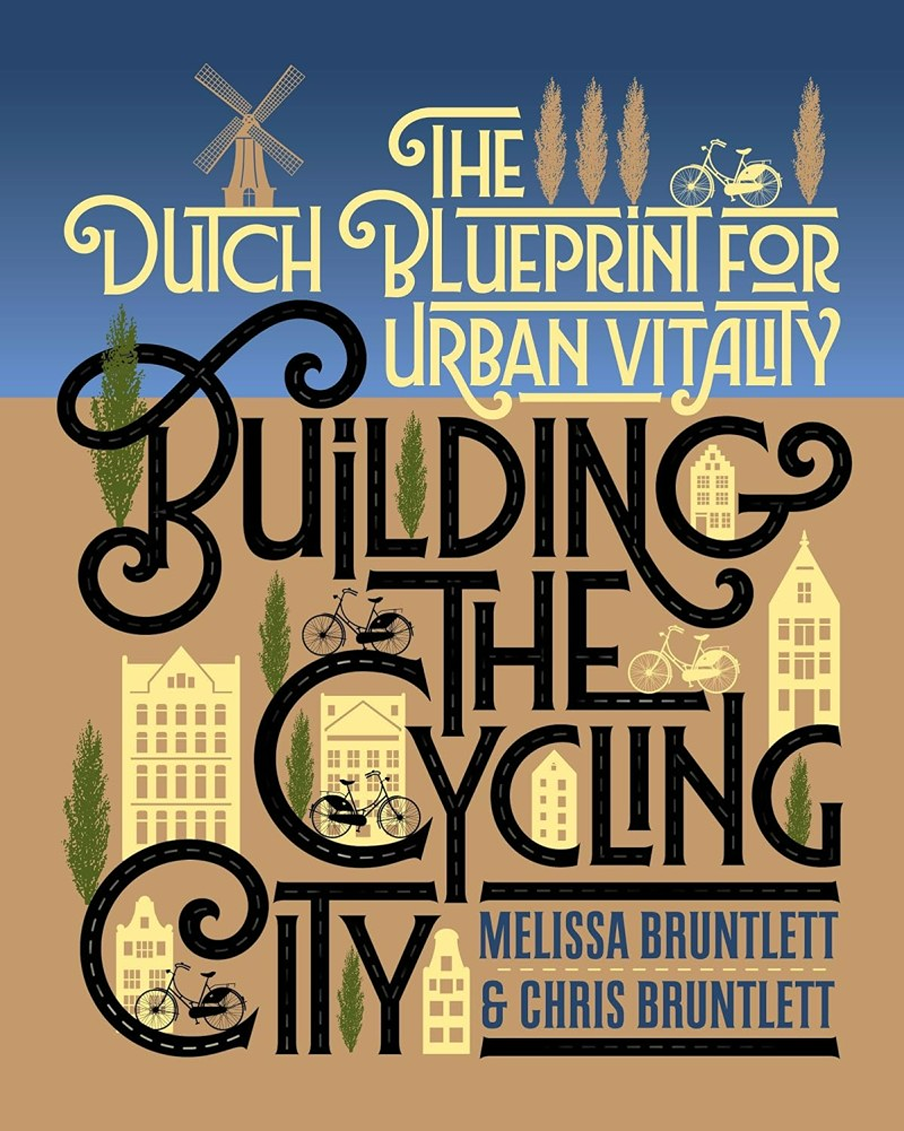
Read Building the Cycling City. This super book was penned by an American couple who lived in The Netherlands for years. Once they returned home, they now spend their professional life, teaching others what we can learn form how the Dutch design public transit.
Public Transport for Seamless Travel
In The Netherlands, public transit works a bit like Trimet (one of the world’s best public transit systems, in Portland, Oregon in the USA). There, the buses, trains and trams all work seamlessly together.
You can be out of the city and into the Pacific Northwest countryside in no time, and at a very affordable rate. Locals (especially seniors and disabled travellers) get free or low-cost transport. All the stations have Braille signs for blind people. And there are even volunteers who will take vulnerable people on ‘dummy trips’ until they are happy to travel independently.
Preventing Floods on Public TrANSPORT

Like England, The Netherlands has suffered many floods in the past. So everything is designed to work seamlessly, in the even of heavy rain. Streets, rails and cycle paths are all planned with the power of water in mind. The routes sit on safe ground and drainage is strong.
Again in Portland, bioswales are used to prevent floods. These are native grasses that are planted alongside pavements to absorb rain ((like England, Portland is a very rainy place).
If planting green spaces, read about pet-friendly gardens and wildlife-friendly gardens. And trees to avoid near horses (including yew, oak and sycamore).
Ghent is Almost Car-Free
The city of Ghent is traffic-free in the centre for certain times of the day. The system is designed, so it’s more of a faff to drive through ring roads, than to walk or take public transport.
Roads are open to emergency services at all times. And before 11am and after 6pm, streets are also open to public transport, refuse collectors, doctors and taxis (plus electric and cargo bikes). But during the day, it’s people and ambulances/fire engines/police cars only. People with bikes are also allowed, as long as they push their bikes by hand.
This city of around 100,000 people now has over 2 bikes per household, almost 20% less air pollution than other cities, hardly any traffic jams on outer roads (note to M25) and far fewer traffic accidents. And the ‘the noisy opposition’ quietened down long ago.
The Amsterdam City Card (inspiring ideas)
The Amsterdam City Card is a great idea, that we could use in English towns and cities. It’s designed not just to discourage road traffic, but to support local museums and art galleries. It’s basically one card that does everything! It saves money, encourages the use of public transport, and supports local tourism.
Tourists can buy just the one card and get access to:
- Free public transport (metro, tram, bus and ferry)
- Rent a bike for a full day
- Access to over 70 public museums
- Take a canal cruise
- Take the Night Bus
People can rent a card for a day or 5 days (either online or at Amsterdam Central Station).

